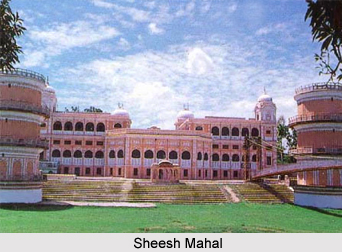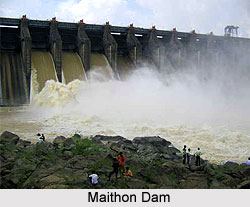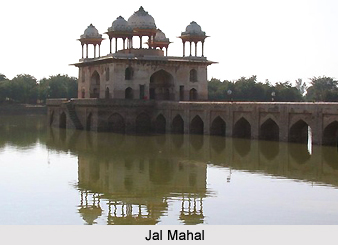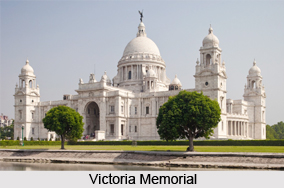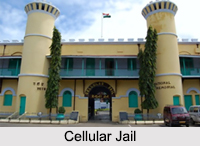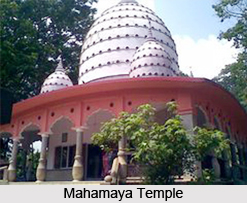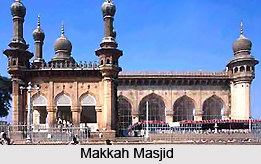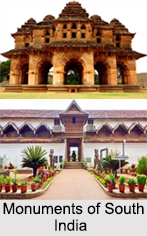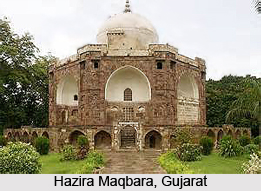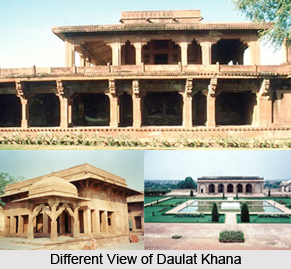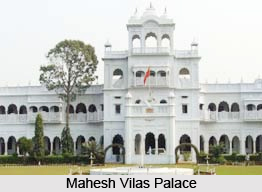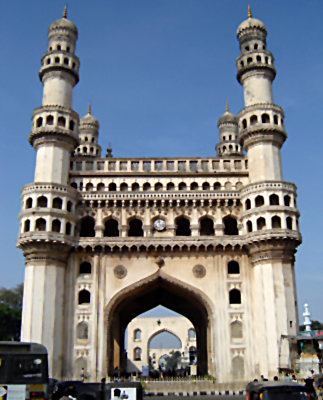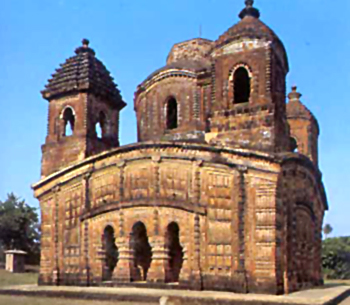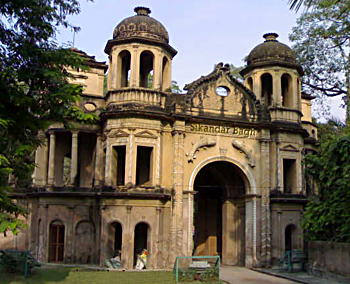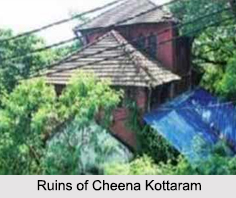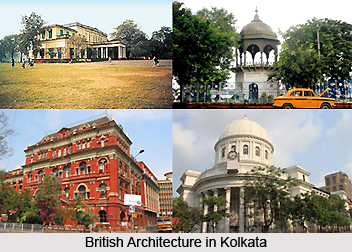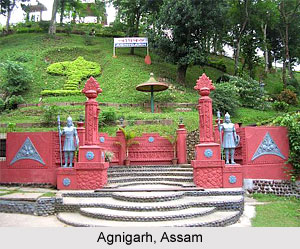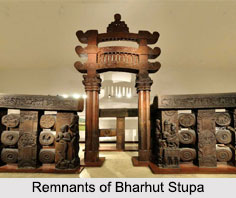 History of Castella de Aguada depicts the historical accounts which led to the construction of this fort in Bandra, Mumbai belonging to the state of Maharashtra, by the Portuguese during 1640. The fort is also called `Bandra Fort` and is based close to the Arabian Sea, Mahim Bay and the southern island of Mahim. The Portuguese had started settling in the region around Mumbai during 1534 soon after emerging victorious against the then ruler of Gujarat, Bahadur Shah and they erected several other sea forts particularly alongside the western coast of the country. Castella de Aguada occupied a very crucial and strategic locale overlooking the Worli Islands to the southern part and Mahim town to the south-western portion. The navy route to Mahim Bay in the north is safeguarded by this beautiful fort.
History of Castella de Aguada depicts the historical accounts which led to the construction of this fort in Bandra, Mumbai belonging to the state of Maharashtra, by the Portuguese during 1640. The fort is also called `Bandra Fort` and is based close to the Arabian Sea, Mahim Bay and the southern island of Mahim. The Portuguese had started settling in the region around Mumbai during 1534 soon after emerging victorious against the then ruler of Gujarat, Bahadur Shah and they erected several other sea forts particularly alongside the western coast of the country. Castella de Aguada occupied a very crucial and strategic locale overlooking the Worli Islands to the southern part and Mahim town to the south-western portion. The navy route to Mahim Bay in the north is safeguarded by this beautiful fort.
Bandra Fort or Castella de Aguada boasts of seven cannons and tiny guns for self defence under the regime of the Portuguese in this part of the country. The fort was so named since there existed a freshwater spring close to its premises which was known to provide sufficient water to the passing ships. However, following the defeat of the Portuguese rulers during the initial part of the 18th century, the Marathas were emerging as strong political powers and all British properties in India were under their threats. The British were able to grasp the gravity of the political scenario at that point of time and therefore they themselves destroyed a part of the Castella de Aguada Fort, as a preventive procedure, fearing invasion by the Marathas. This would, they figured, eliminate the chances of demolition of the fort by the Marathas who would probably utilize the fort as a military platform to launch attacks on British Mumbai.
The island was captured in 1739 by Marathas and was reigned by them till the year 1774. During this time, the fort was occupied by the British after the First Anglo-Maratha War. Various portions of Salsette Island consisting of Land`s End were donated by the British in 1830 to Byramjee Jeejeebhoy who was a Parsi philanthropist. Thereafter, Jeejeebhoy made his home on the hill and after that Byramjee Jeejeebhoy Point was the new name of this region.
